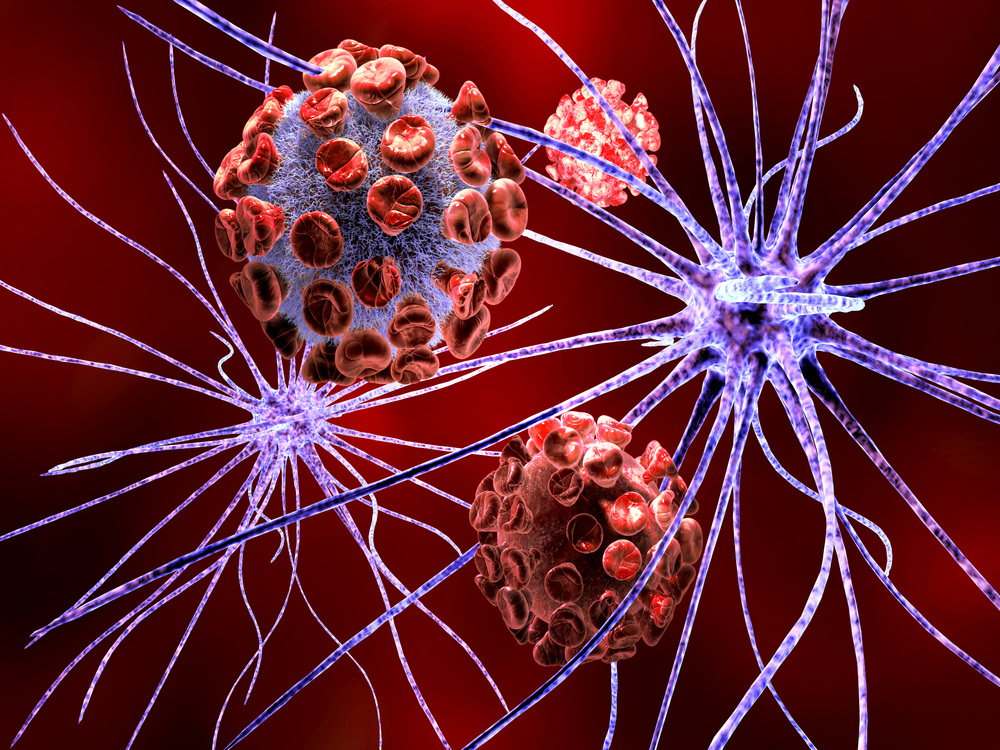Scholar Rock, Outside Researchers Jointly Investigate Myostatin’s Role in SMA

Researchers have provided new insight into the activation process of myostatin, which is targeted by the antibody SRK-015 — a potential treatment for spinal muscular atrophy (SMA).
The study, “Tolloid cleavage activates latent GDF8 by priming the pro-complex for dissociation,” appeared in EMBO Journal.
Myostatin, also known as GDF8, can hamper skeletal muscle development. Mutations in the myostatin gene have been shown to cause a hypermuscular, low body fat phenotype. Myostatin antagonists are now being studied to treat muscle wasting diseases such as muscular dystrophy, cancer cachexia, sarcopenia, trauma, diabetes and chronic obstructive pulmonary disease.
However, in order to better target proteins therapeutically, researchers need to know the protein’s structure and function. Researchers at Scholar Rock, a biotech company based in Cambridge, Massachusetts, set out to explore myostatin along with Timothy Springer, a biochemist at Harvard Medical School and Boston Children’s Hospital, and chemistry professor John R. Engen of Northeastern University.
Myostatin, a protein initially produced in a latent or dormant form, becomes activated when it is cleaved by an enzyme called tolloid. In particular, the researchers wanted to know why myostatin is latent, and what causes its activation.
Using a technique called negative stain electron microscopy, they discovered that tolloid cleavage activates latent myostatin by destabilizing specific interfaces of the protein. These regions are important in maintaining myostatin latency and could be targeted to treat muscle wasting disorders.
“Deploying deep structural understanding of growth factors and their activation is opening a profound new way to intervene in human disease,” Dr. Alan J. Buckler, chief scientific officer of Scholar Rock, said in a press release. “SRK-015, our clinical candidate for the treatment of muscle atrophy and wasting disorders, exemplifies the strong potential of targeting specific structural states of myostatin with the objective of providing superior therapeutic outcomes.”
SRK-015 selectively targets the latent form of myostatin, blocking its activation and encouraging muscles to develop. Treatment of preclinical models of muscular atrophy with SRK-015 has shown improvement in muscle function; Scholar Rock is now developing it as a potential SMA treatment.







